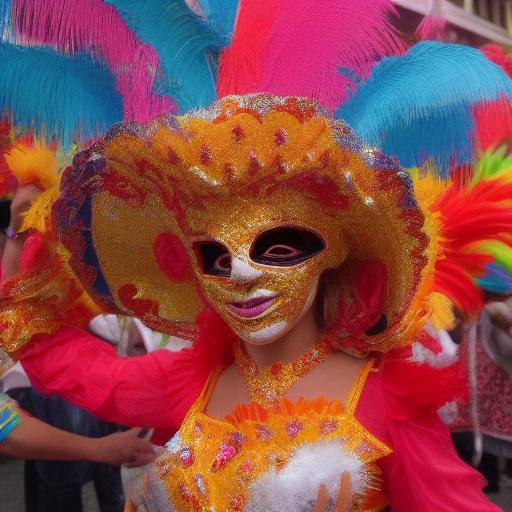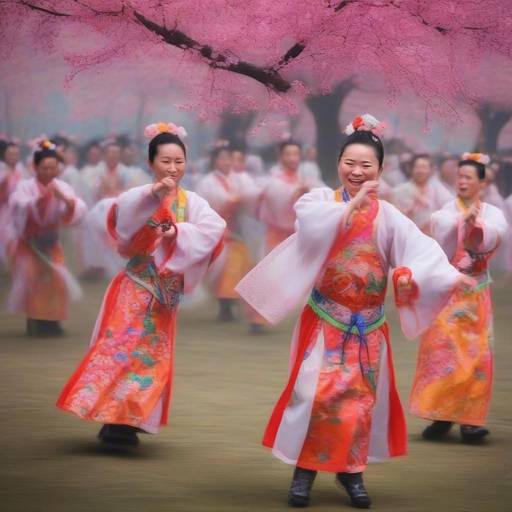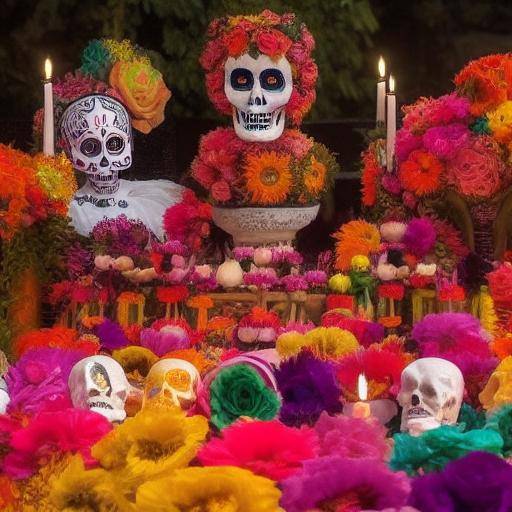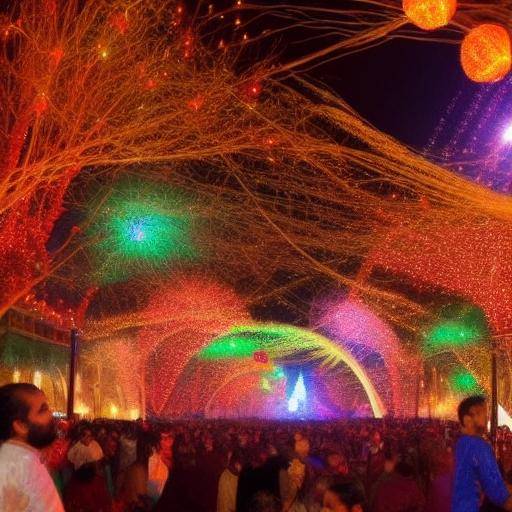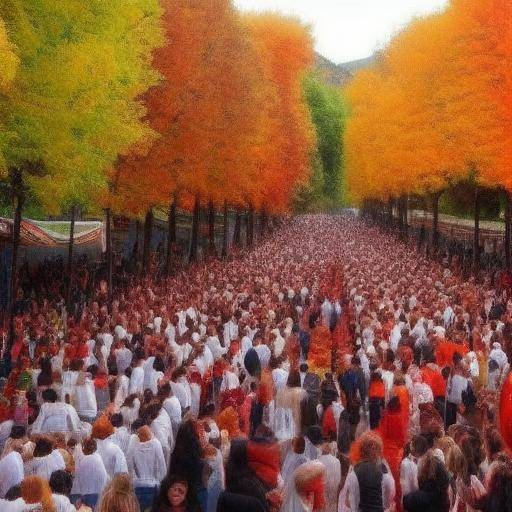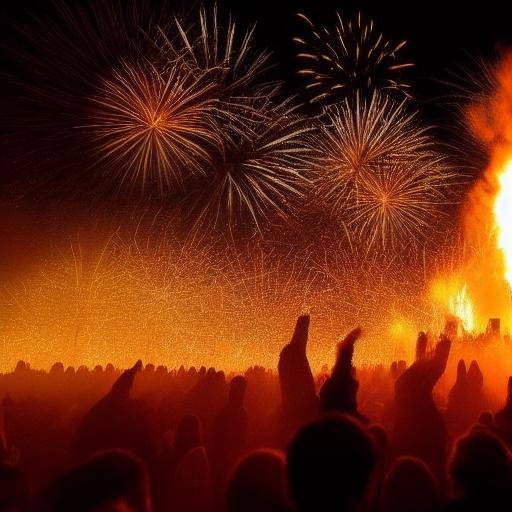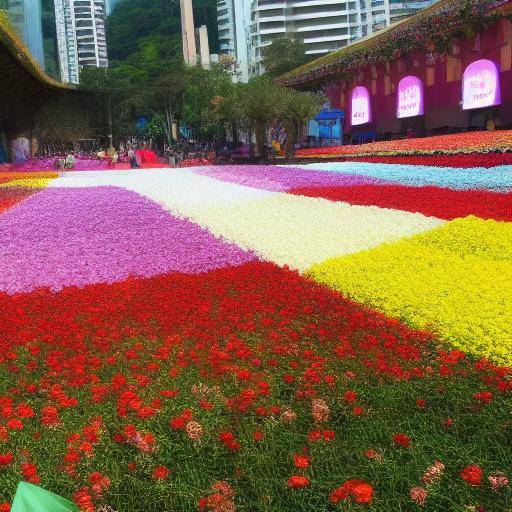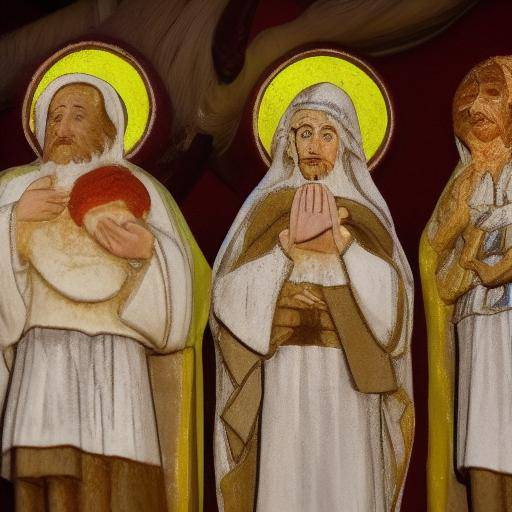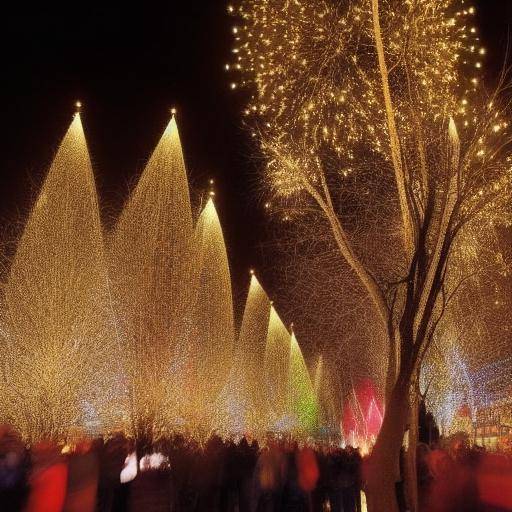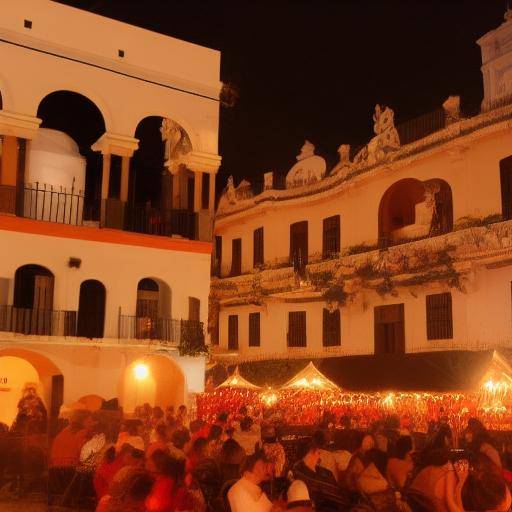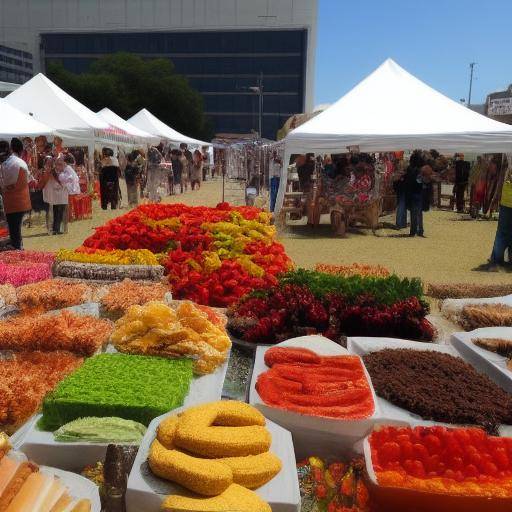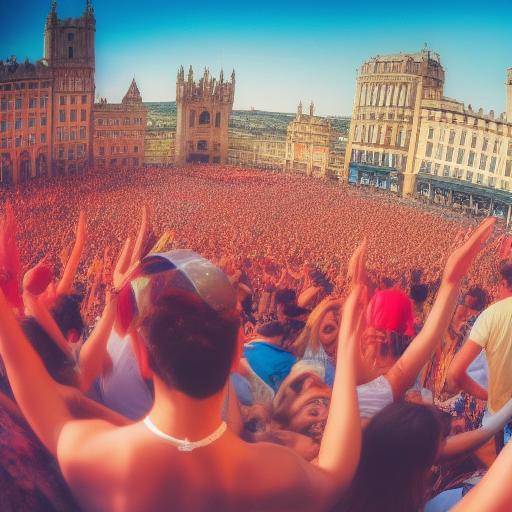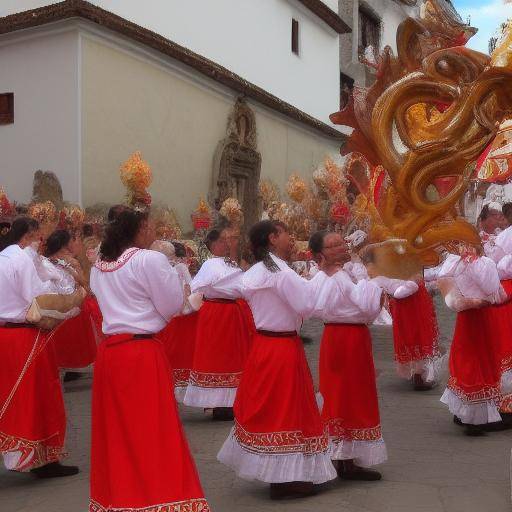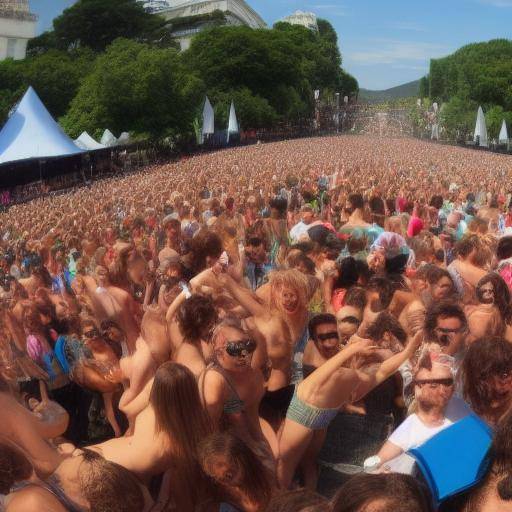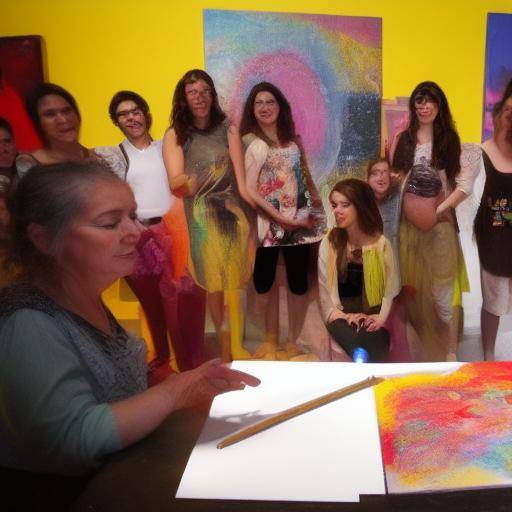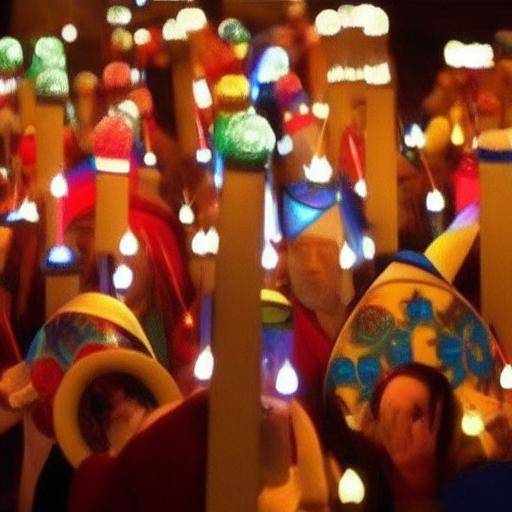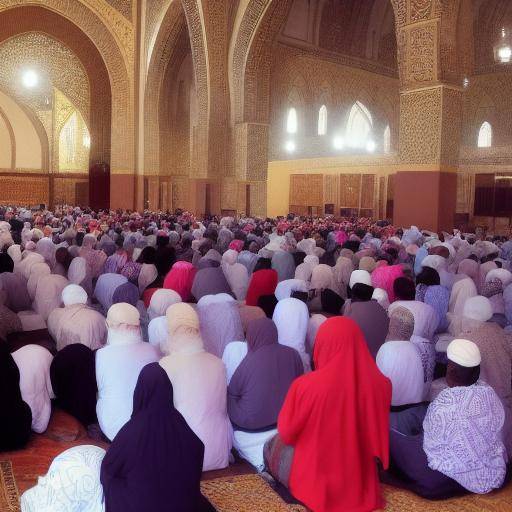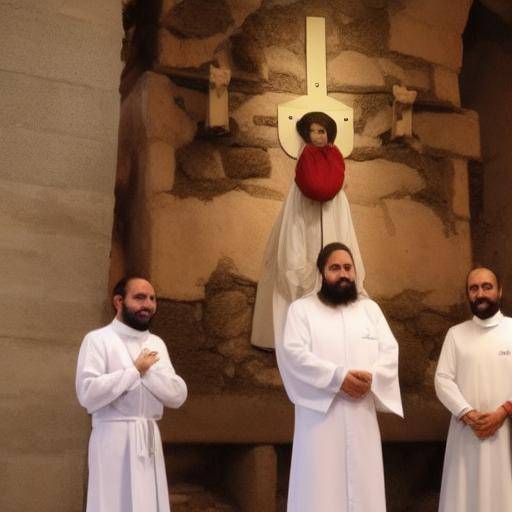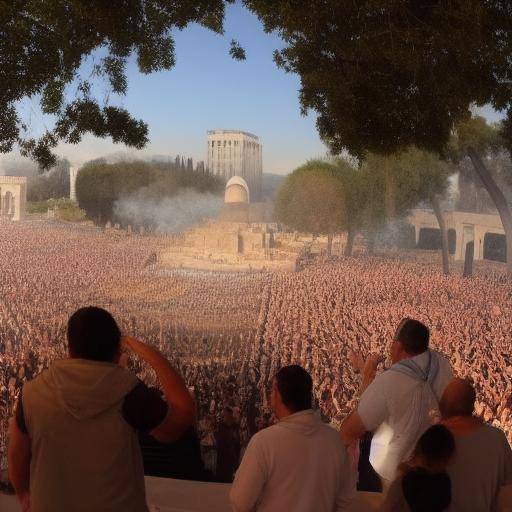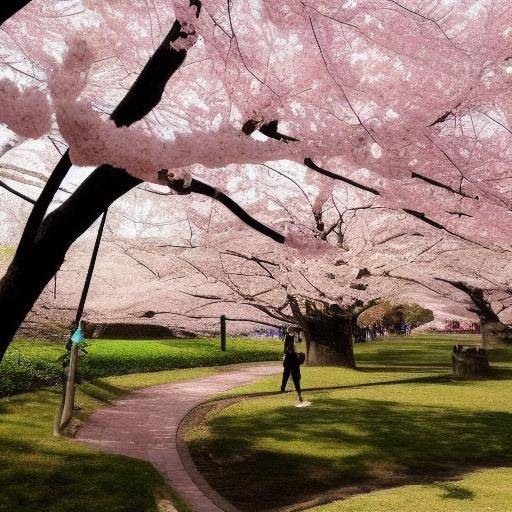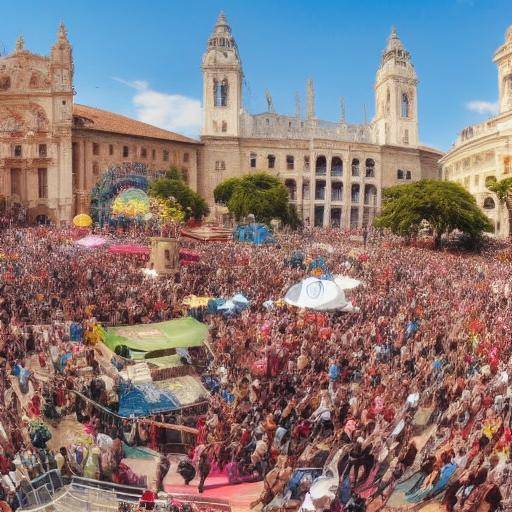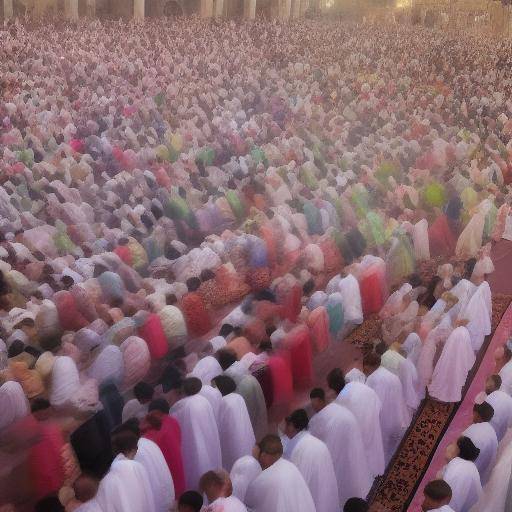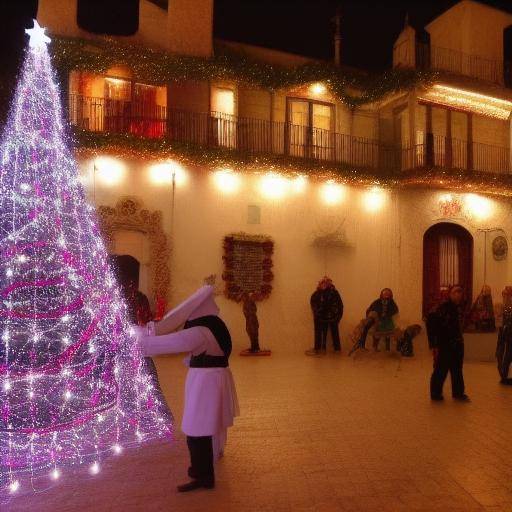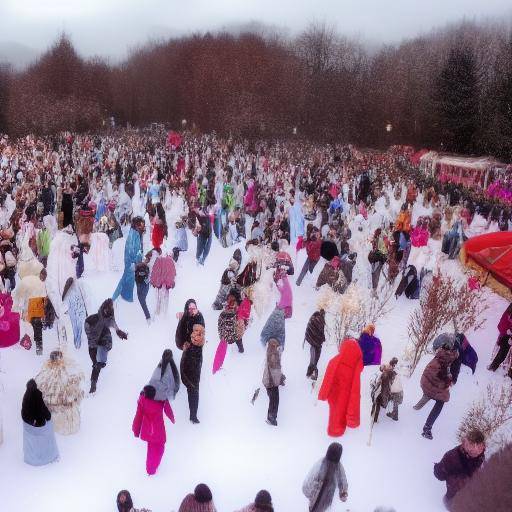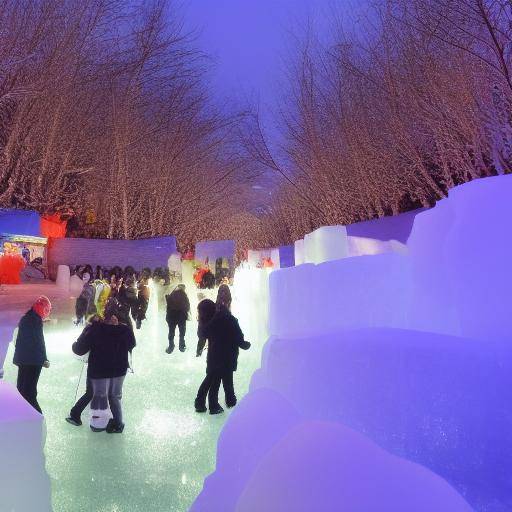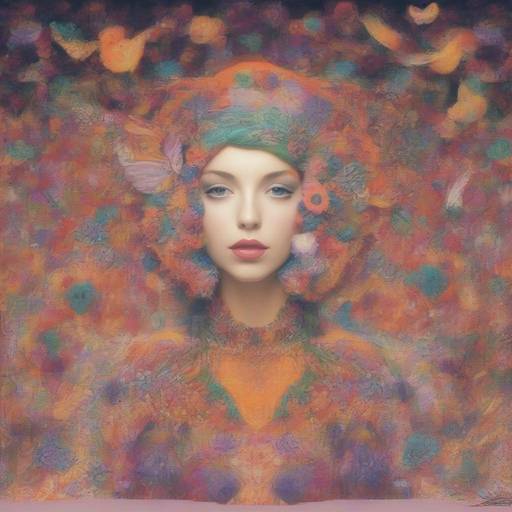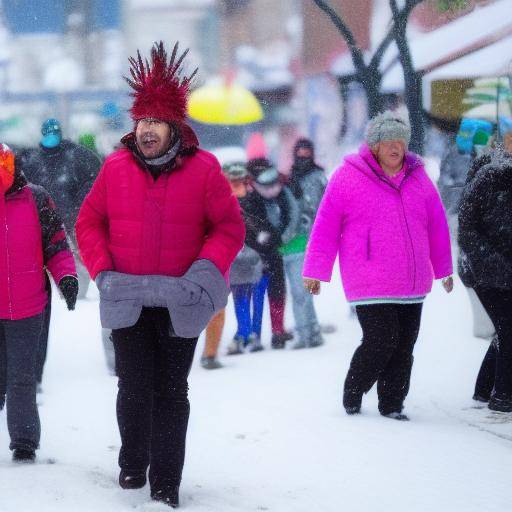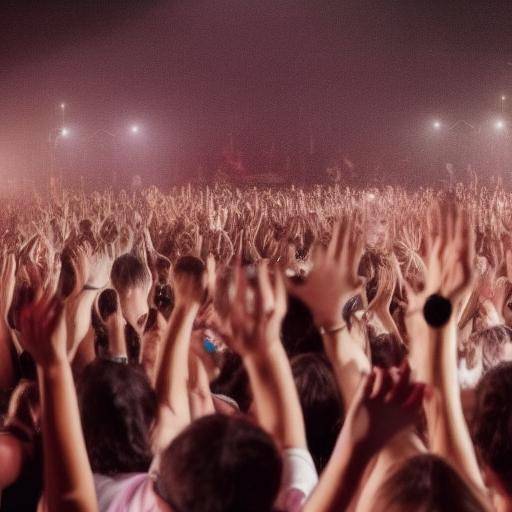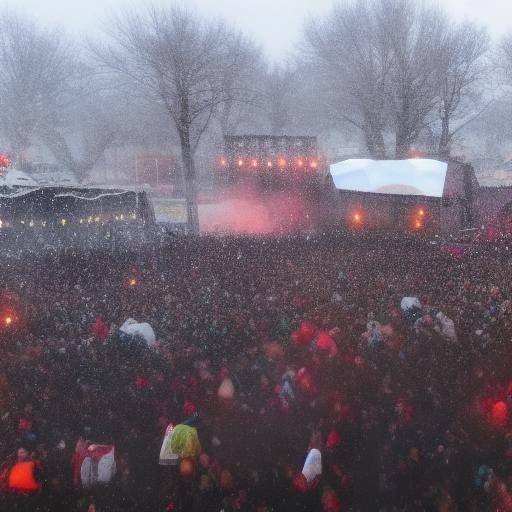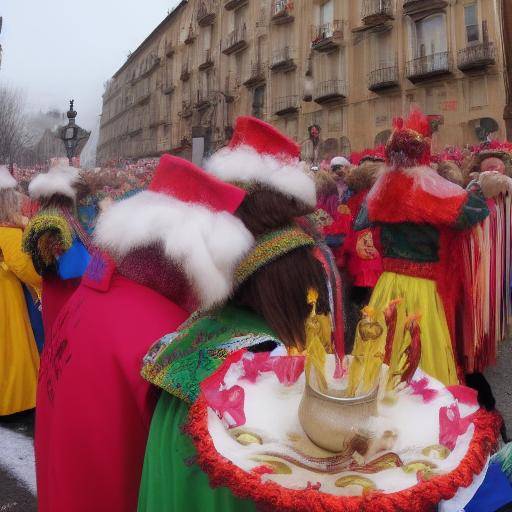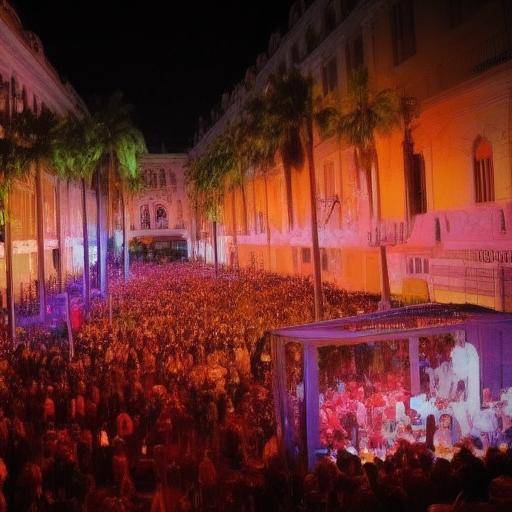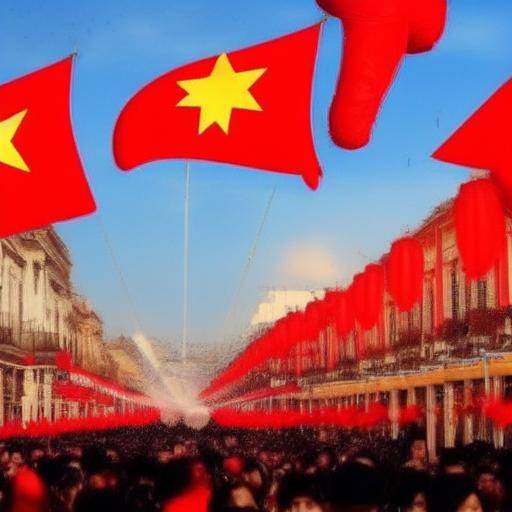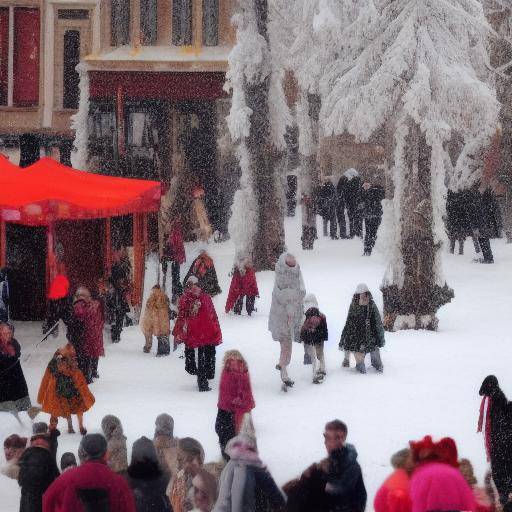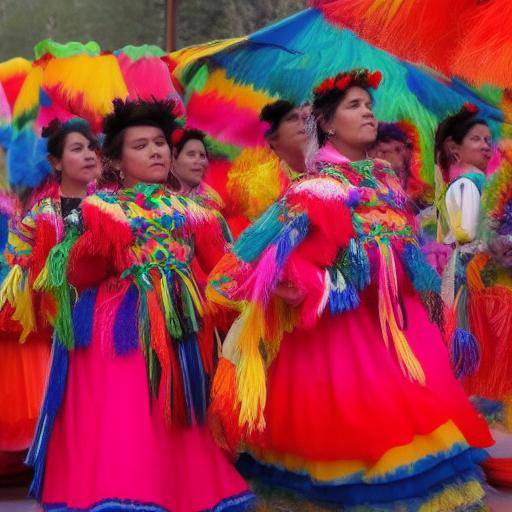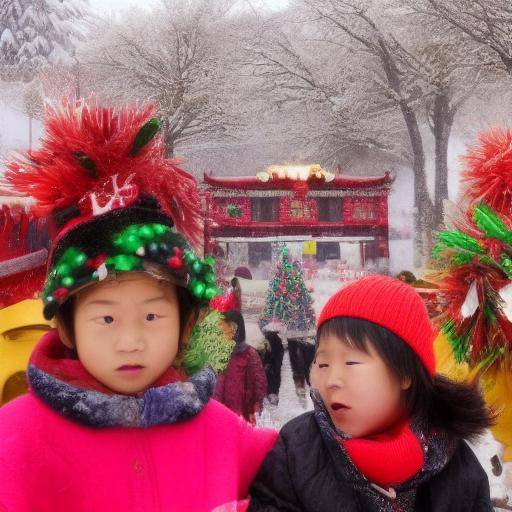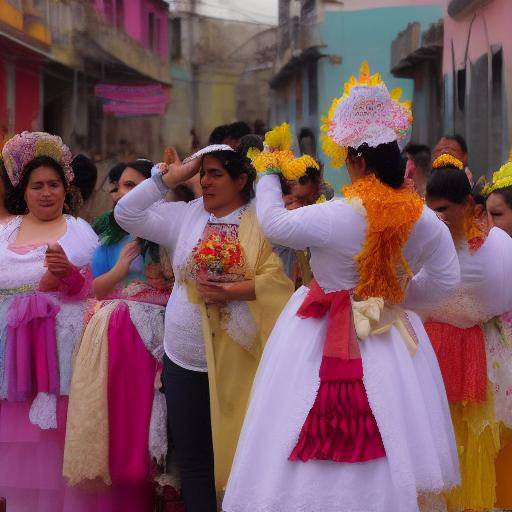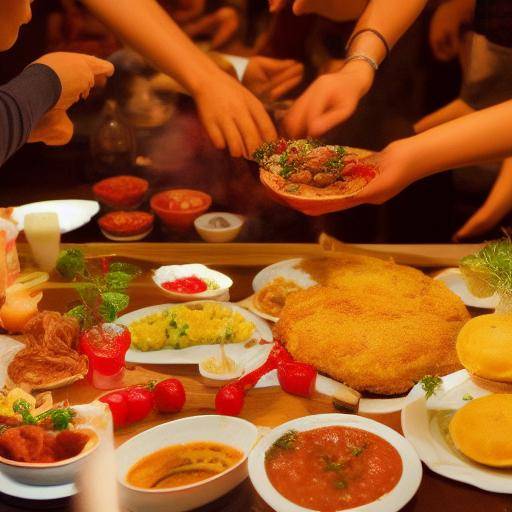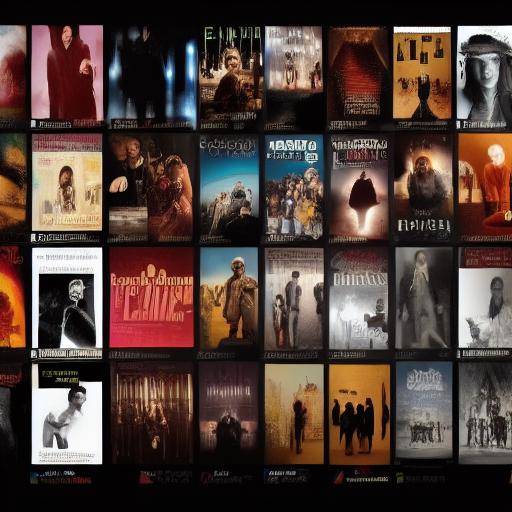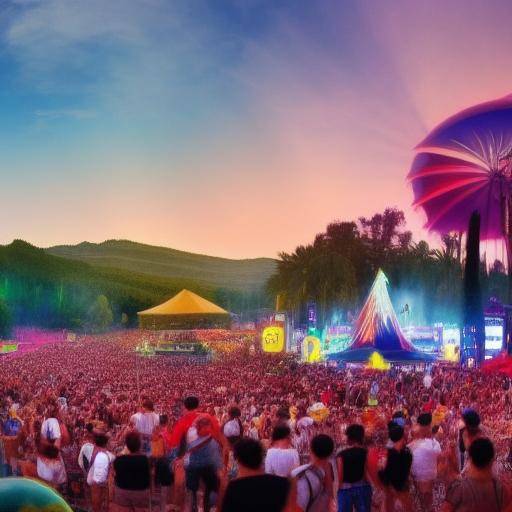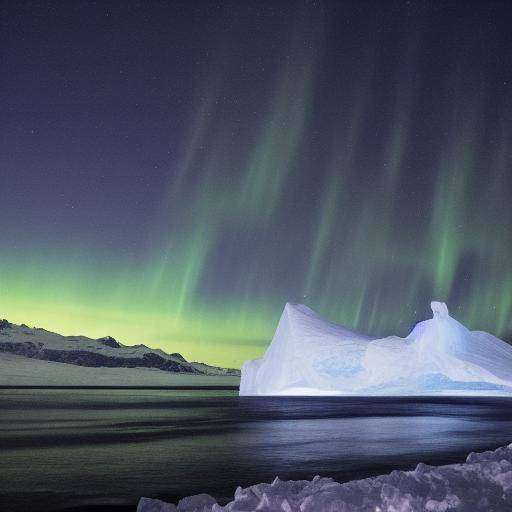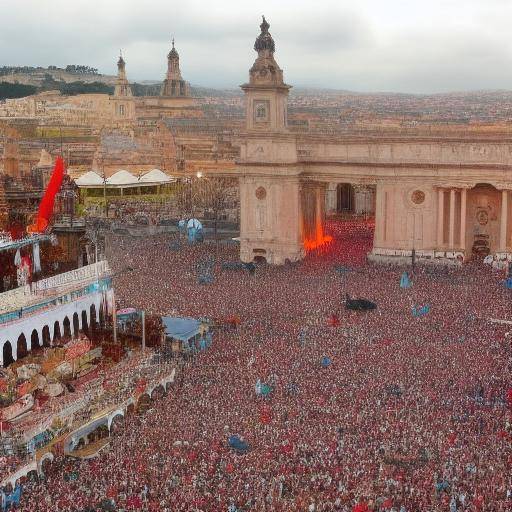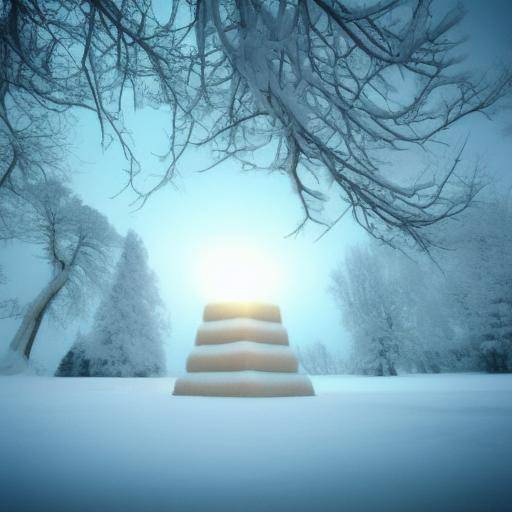
The winter solstice is a major astronomical event that has been celebrated throughout history in various cultures. In this article, we will explore the historical roots, traditional and modern holidays, as well as the various celebrations that mark this event. From ancient civilizations to contemporary festivities, the winter solstice has left a significant mark on many cultures over the centuries.
Introduction
The winter solstice, the moment when the northern hemisphere of the Earth is sloping further from the sun, marks the shortest day and the longest night of the year. This astronomical commemoration has been a crucial event in the history of many cultures and civilizations, each with its own interpretations and celebrations that reflect the symbolic importance of the winter solstice.
In this article, we will explore the festivities and celebrations associated with the winter solstice from its historical roots to modern practices. We will observe the different ways in which this event has been celebrated over time, drawing its evolution through ancient civilizations and how these traditions persist and adapt today.
History and Background
The winter solstice has been celebrated by various cultures over the centuries, and many of the traditions associated with this event date back to antiquity. From the ancient Egyptians and Romans to the Celtic tribes and Nordic peoples, the winter solstice has been a moment of great importance in the ancestral calendar of numerous civilizations.
Egypt and the Cults to the Sun
The ancient Egyptians celebrated the winter solstice as the rebirth of the sun god Ra. This event marked the beginning of a period of renewal and fertility in their lands, and the holidays were dedicated to the worship of the sun and the hope of prosperous times. The temples lined up with the rising sun, allowing the rays to illuminate the statues of the gods at the exact moment of the solstice.
Rome and Saturnals
The Romans carried out the Saturnals, a celebration that marked the end of the agricultural labors and the beginning of a festive period of exchange of gifts, banquets and joy. During this time, social classes were temporarily invested, allowing slaves to enjoy privileges normally reserved to their masters. Saturnalia was a party of freedom and license, with parades, music and the suspension of social norms.
The Celts and the Renaissance of Light
For the ancient Celtic peoples, the winter solstice was linked to the celebration of Yule, a festival that honored the rebirth of light and hope in the middle of the winter darkness. The ignition of large fires marked the renewal of life and the promise of a new year. Celts also decorated their homes with acebo and mistletoe branches, symbols of eternal life and protection.
Modern evolution and adaptation
While some of these traditional festivities have been maintained over the centuries, others have evolved to adapt to contemporary contexts. Today, the winter solstice continues to be a highlight in the collective imagination of many cultures around the world.
Modern Celebrations
At present, the winter solstice is celebrated in various ways, adapting old traditions to new cultural and social contexts. Some modern practices include:
- Festivals of Light: In many cities, festivals of lights are organized to celebrate the winter solstice, illuminating streets and buildings with bright decorations that symbolize the return of light.
- Spiritual rituals: Spiritual groups and alternative communities celebrate solstice with rituals that include meditation, chanting and candlelight, honoring the natural cycle of darkness and light.
- Cultural Events: Museums, cultural centers and natural parks organize special events to educate the public about the history and meaning of the winter solstice, often incorporating music, theater and narratives.
Influences and Persistence
Despite the changes over time, the winter solstice celebrations continue to reflect a deep connection with the nature and cycle of the seasons. The persistence of these rituals and festivities underlines the importance of this astronomical event in human life, both in the past and in the present.
Conclusion
The winter solstice is a celebration that has transcended time and cultures, adapting and evolving as societies change. From ancient Egyptians and Romans to modern traditions, this astronomical event remains a moment of reflection, renewal and celebration. The rich history and diversity of practices associated with the winter solstice demonstrate their lasting relevance and ability to unite people in a common celebration of light and hope in the midst of darkness.
Discover and celebrate the winter solstice with a new understanding of its profound historical and cultural significance!
This complete article provides a profound view of the winter solstice celebrations, from its ancient origins to its modern forms. With detailed information and inspirational examples, readers will be well prepared to appreciate and participate in the festivities that mark this important astronomical event.


